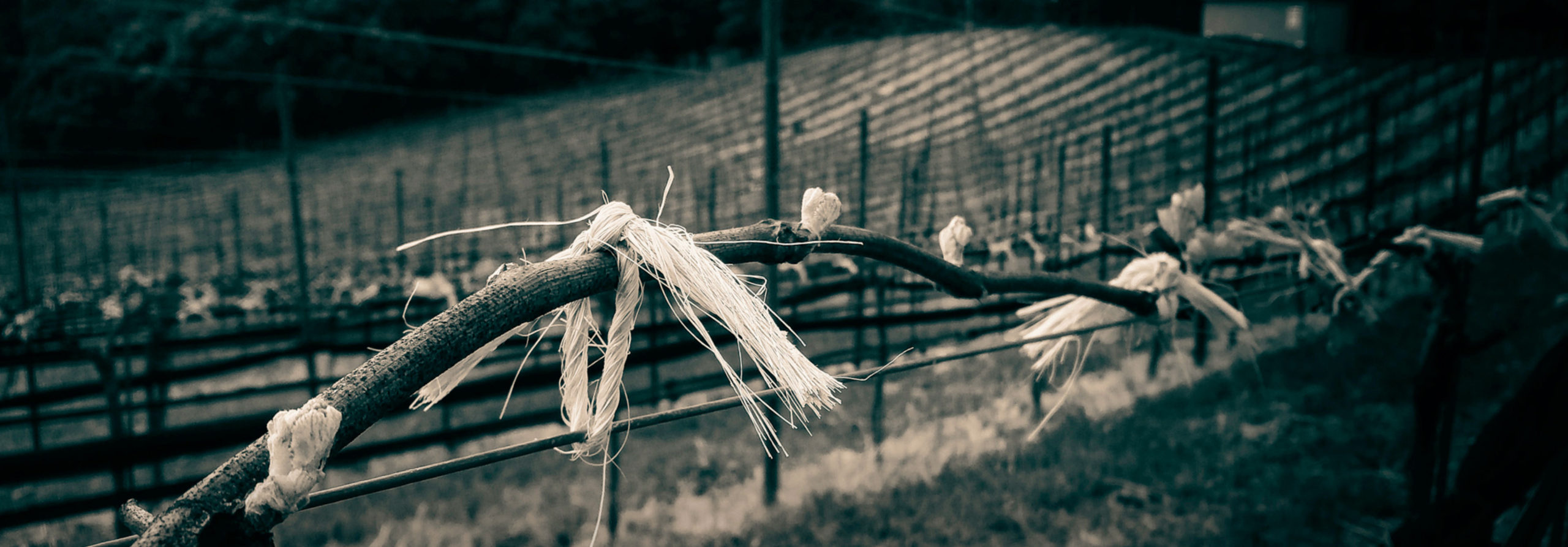
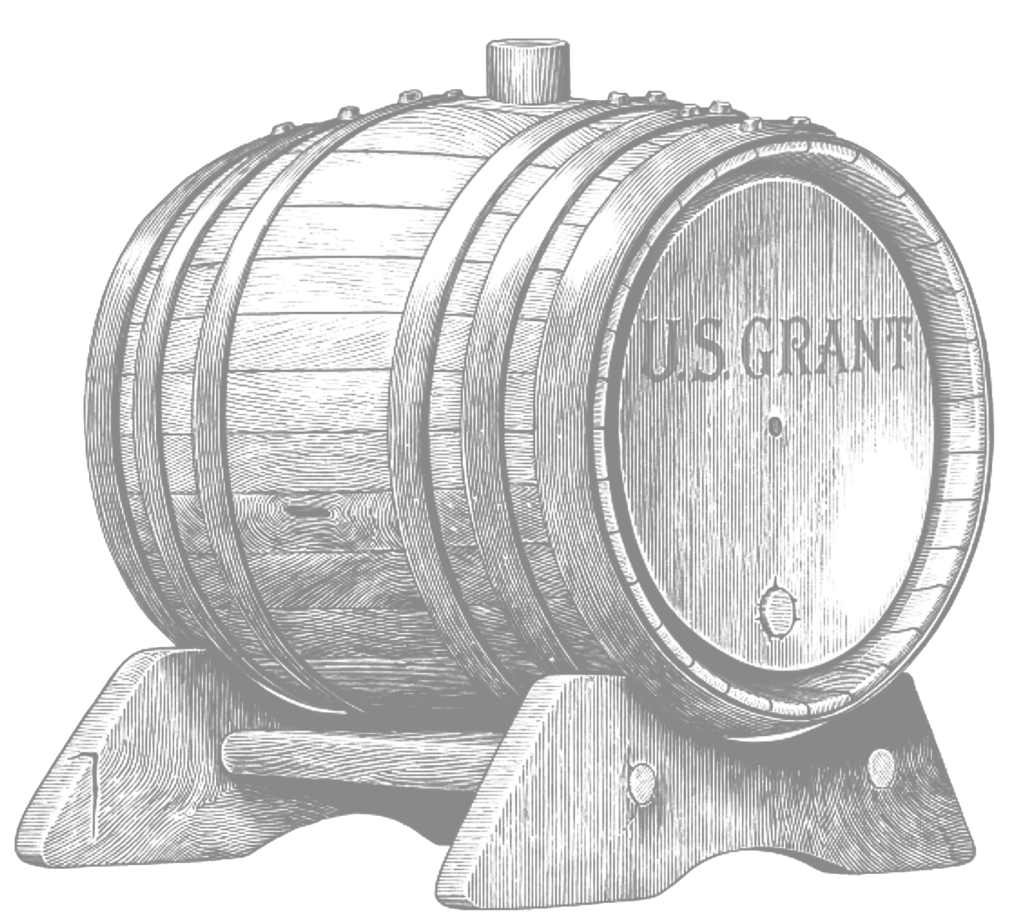

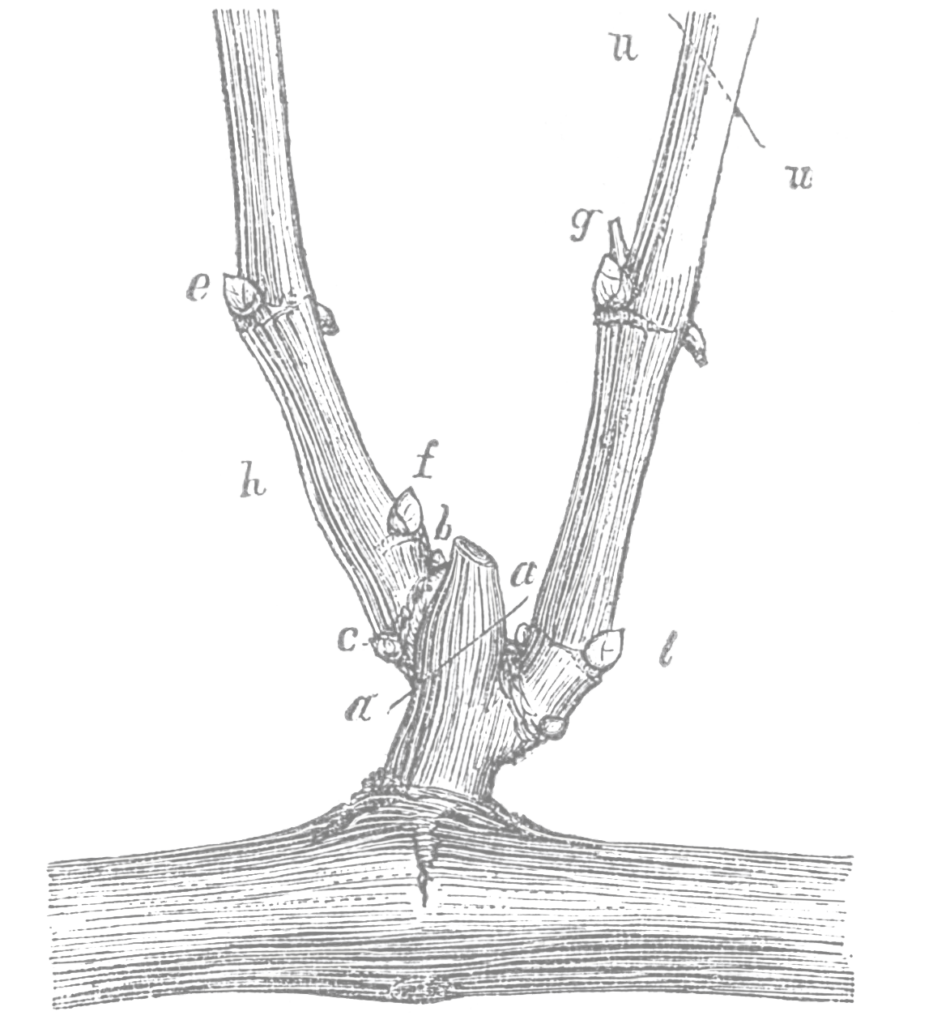
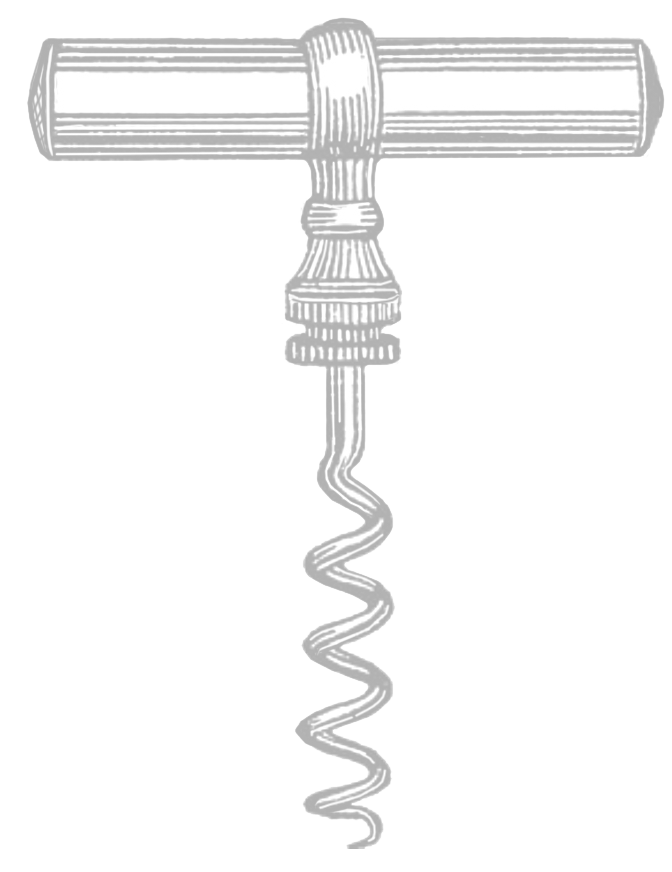


2023
HARVEST | Emerging from one of the ten wettest winters in California’s recorded history, the vineyard couldn’t have been better prepared for the dry months. The rains tapered in June but summer was even more gentle than 2022 and the fruit ripened slowly under negligible stress. We harvested in the third week of September (latest ever) and it turned out the fruit would have been fine if left to hang for another week-we were into October before a fair dose of heat came along. Even so, the hottest temperature recorded at the vineyard this year was 95°F. Extraordinary. Early in 2024 the barreled wine expresses pretty fruit, firm tannin and all the character and personality we have become familiar with over the past decade. At 12% alcohol, this year’s wine is a little lower than 2016.
Tasting Notes | Forthcoming
2022
HARVEST | As gentle and agreeable a growing season as we could ever hope for delivered ideally ripe fruit in mid-August. Weeks after harvest, starting around Labor Day, extreme heat (“heat dome” was the term we tossed around) persisted for many days. And for this, the vintage may be judged critically, although it was entirely irrelevant to our circumstances. Our style leans toward relatively lower alcohol levels, and making the decision to harvest prior to the typical, perennial temperature spike in early September was without any doubts. Early tasting suggests this wine will be the most structured of all vintages, possibly surpassing 2018. Confidence in the fruit’s integrity encouraged a long maceration averaging 44 days in the teacups. And still, berries were intact and the free-flow wine brilliant at drain-down.
Tasting Notes | Forthcoming
2021 911 cases, 13.2% Alc., 29 days in teacup, 19 months in barrel
HARVEST | The last in a series of drought years and somehow the vines supported a generous crop second only to 2020’s yield. It is difficult to explain this and we hope it confirms our thinking in 2020, that the roots may have found what they need deep within the sandstone below. Although it is stone, it is soft enough to break apart with a shovel and not so densely formed as to prevent absorption of water nor thwart persistent roots. As the wine ages in barrel the bright acidity stands out in comparison to previous vintages. Unlike 2020, the acidity cannot be attributed to a premature harvest brought about by the threat of smoke damage from wild fires. In fact, the season was agreeable, gentle, and we harvested without compromise. In early 2023, leading up to bottling, the wine’s translucence, the delicate, taught fruit, bright acidity and very firm tannin bring to mind young Nebbiolo.
Tasting Notes | Complex fruit that at first appears as strawberry then becomes darker, leading into the signature dried-herbal and savory/saline character of the site with tobacco (sweet pipe but also a bit of cigar’s fermented character). The grip and bitter pinch of grapefruit pith speak of the extraction which gives the mouthfeel weight though the tannins are not as firm as in the 2018. This wine has a lot to say, and it has a resonant soul-stirring voice.
2020 594 cases, 12.7% Alc., 40 days in teacup, 24 months in barrel
HARVEST | Even though the winter rains were sparse, the vines apparently drew deeply on their resources; at 12+ years old they don’t look as mature as their years due to drought, dry-farming, and the nearly impenetrable sandstone underlayment in the Santa Cruz Mountains. That being said, the 2020 crop was the strongest yet, with every cluster boasting well-formed berries of two or three seeds each. “Dry lightning” storms in mid-August ignited epochal fires nearby and forced an early harvest so that the worst effects of woodsmoke exposure might be avoided. Harvested at 19 Brix, the must was chaptalized, a rare practice here in California, but called for by the circumstances brought about by the fires.
Tasting Notes | Savory, saline, minerally and not generously fruitful as is expected of New World Pinot Noir. The pepper and herb character threading through the ’16, ’18 and ’19 shows itself here too. We had never harvested Union Vineyard so early (with regard to ripeness) as this year and speculating on the origin of the flavors is a compelling pursuit in itself. Flavors accompanying less-ripe fruit tend to be savory, herbal and spiced more than outright fruity, and with whole-cluster fermentation as a principal winemaking practice since 2016, that particular character is ever-present. Whether directly or indirectly, the flavors in this vintage bear witness to the fires during this challenging year.

2019 537 cases, 12.8% Alc., 31 days in teacup, 17 months in barrel
HARVEST | Quite similar to 2018 but more rain and less fog. Steady ripening and a leisurely harvest with a slightly smaller crop than the year before. All the teacups were treaded (up from just half in 2018). With our concrete teacups, fermentation temperature remains passively low, allowing extraction to proceed gently and slowly. Maceration time-not temperature and not pigéage-is the one nob we turn with regard to extraction. These wines don’t acquire their weight from elevated alcohol, and building structure through time is our practice. Bottled late in March 2021.
Tasting Notes | Firm tannin although less aggressive than 2018. The savory signature emerging first in 2016 is here reprised and elaborated on with crab apple and the spiced warmth of sweet earth, in the manner of roasted chestnut. Relative to the exotic and louche 2018, the personality of the 2019 is buttoned-up. It seems to hold back more, with a nod and a wink to the future.

2018 601 cases, 12.8% Alc., 34 days in teacup, 22 months in barrel
HARVEST | Warm and dry in the winter, until a strong rain in early March. Everything lined up after that, with reasonably good soil moisture and summer heat spikes suppressed by the marine layer. In the cellar, after an initial pigéage on half the teacups, the macerations extended to 30 days, in pursuit of structure. This was a vintage where winemakers everywhere stood back and watched as beautiful grapes turned into great wine. In the cellar, the barrels went through malo-lactic fermentation quite slowly, drawing out the moment at which the wine was finally put to bed in late March 2019. This extended period of vulnerability permitted the wild yeast to leave a calling card.
Tasting Notes | Deep color, savory sandalwood, beguiling spice with cherry, pomegranate, blackberry, blood orange. Great power above all earlier vintages, and monolithic in its youth with a tannic structure rare to Pinot Noir. This wine is built big with extract rather than ripeness, and tells of a future decades in the making. The tannins make an impression like Nebbiolo: persistent and even, dry and broad, with a citrus-zest, espresso-like pinch on the finish. With three years of bottle age, a rustic note speaks of the extended malo-lactic fermentation during which the wine was not yet under the protective custody of sulfites. This aromatic marker will be as much a signature of the vintage as the tannins are.

2017 597 cases, 13.6% Alc., 32 days in teacup, 20 months in barrel
HARVEST | A cold and wet winter after several drought years, and the vines responded exuberantly to set a fair crop, which was a bit of a relief after the very light previous two vintages. Bud-break, bloom and veraison occurred on a normal schedule and all ripening proceeded apace through August. Then, in early September, a blast of 100-degree days and low humidity forced harvest by a few days—and although it was an abrupt end to an otherwise gentle season, the wine escaped the furnace and retained the lively character of the site.
Tasting Notes | Pure and vivid, sweet-smelling compote, cooked apple, cherry, brown butter, and spice. This is a very generous wine and welcomes warmly with fruit aromas that integrate red and black fruits. Although there’s some of the whole-cluster savory flavor spectrum that prevails in the 2016 and 2018 vintages, the wine’s charms are more familiar and typical of the California Pinot Noir paradigm. Relatively broad and full with lightly drying tannin.

2016 190 cases 12.3% Alc., 30 days in teacup, 20 months in barrel
HARVEST | This was the fifth year of drought conditions and the vines’ output was severely limited. A persistent summertime marine layer countered the dry soil in 2016 by wetting the leaves most nights and also dampening the tightly packed clusters, keeping the grapes plump and crisp. This in turn brought about the humid conditions Botrytis cinerea thrives in, and late season concern for moldy fruit compelled an early harvest. During the first year in barrel the wine lacked presence, but it slowly took on weight and the peppery signature of lower-ripeness came on. This vintage became a touchstone for how we understand the character of this site, and emboldened us to harvest less ripe fruit earlier in the season in subsequent vintages.
Tasting Notes | Highly aromatic with savory herbs and compelling forest, mountain strawberry, and high tones of dried herbs, juniper, carraway, and Tellicherry pepper. The wine’s appeal isn’t power; instead it compels and beguiles with complex perfume. Vivid but not obvious. Such a high degree of complexity, as if the wine were more mature, yet its youthfulness persists which raises expectations for long-term cellaring. A lighter structure than 2015 and all subsequent vintages.

2015 181 cases 13.3% Alc., 20 days in teacup, 21 months in barrel
HARVEST | Fourth year of the drought. Small berries and clusters reflected the tough growing conditions and harvest came two weeks earlier than usual due to the lack of soil moisture and heat. Whole cluster fermentations, which had begun to show their distinctive contribution to the unique expression of this site in the 2013 bottles and 2014 barrels, became the standard in 2015 that carries on through all subsequent vintages. Maceration was fairly short and pigéage played no role in 2015, allowing the wine to be supple and generous early.
Tasting Notes | Savory, dried orange peel, sage, cured meat, tarragon, cherry. Lovely silky entry with plush mouthfeel while still elegant, fresh, long. In time, iron-like minerality and wild fermentation aromas emerge and mingle with the cherry, plum, strawberry fruits. An espresso-like bitterness on the finish tightens the wine up while the overall impression is generous and broad across the palate.
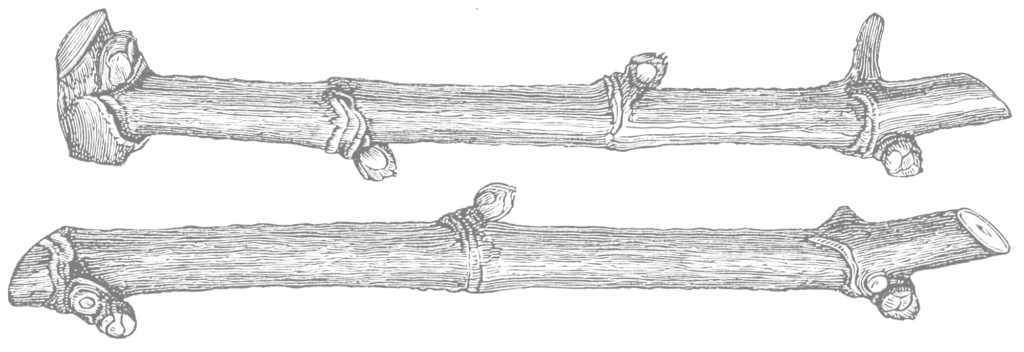
2014 362 cases, 13.7% Alc., 21 days in teacup, 20 months in barrel
HARVEST |Third year of drought, but we enjoyed eight inches of rain in February, which was quite late for the first precipitation of the season. The dry soils in January warmed in the winter sun rapidly and let to an early budbreak and bloom. Harvest started mid-August, which was disconcerting, but meant that the fruit would not have to risk enduring the typical heat and low humidity often prevailing over Labor Day. With an early pick, the fruit was crunchy and just bursting with juice. The success of the whole-cluster macerations from 2013 had begun to be evident in the aging barrels by harvest time, lending confidence to expanding the whole-cluster approach in 2014, with more than two thirds of the vintage dodging the destemmer. Also, the barrel we favored in 2013, blonde-toasted French oak with only the most delicate presence, became the exclusive barrel for 2014, and ever after.
Tasting Notes | Mixed red and black fruits in the aroma— pomegranate, cherry, plum—with a streak of citrus (blood orange) as well as sweet barrel toast. The wine is very primary and fresh with a hint of the savory aromas that show up strong in the more recent vintages. Smooth tannins integrate seamlessly with the fruit giving the wine weight and presence without aggressive structure.

2013 369 cases, 14.0% Alc., 15 days in teacup, 20 months in barrel
HARVEST | We began the work of tayloring the winemaking to suit the site in 2013, and this led to harvesting early, late, and three increments between. Without irrigation or tilling, the five and six-year-old vines were not robust and vigor was modest at best. Young vines tend to overreach, and although the wine is lovely, it has no signature, no identifying mark. The vines were not ready to make great wine. We open a bottle every six months or so, and see slowly-maturing flavors and anticipate soulfulness with age—it does appear to have a long future ahead.
Tasting Notes | Expressive red fruits—mountain strawberry and raspberry followed by salt plum and a cinnamon barrel note. Silken fine tannin. Precise, delineated, and fresh. Although the savory character that is dominant in more recent vintages is present, it is secondary to the bright fruit.
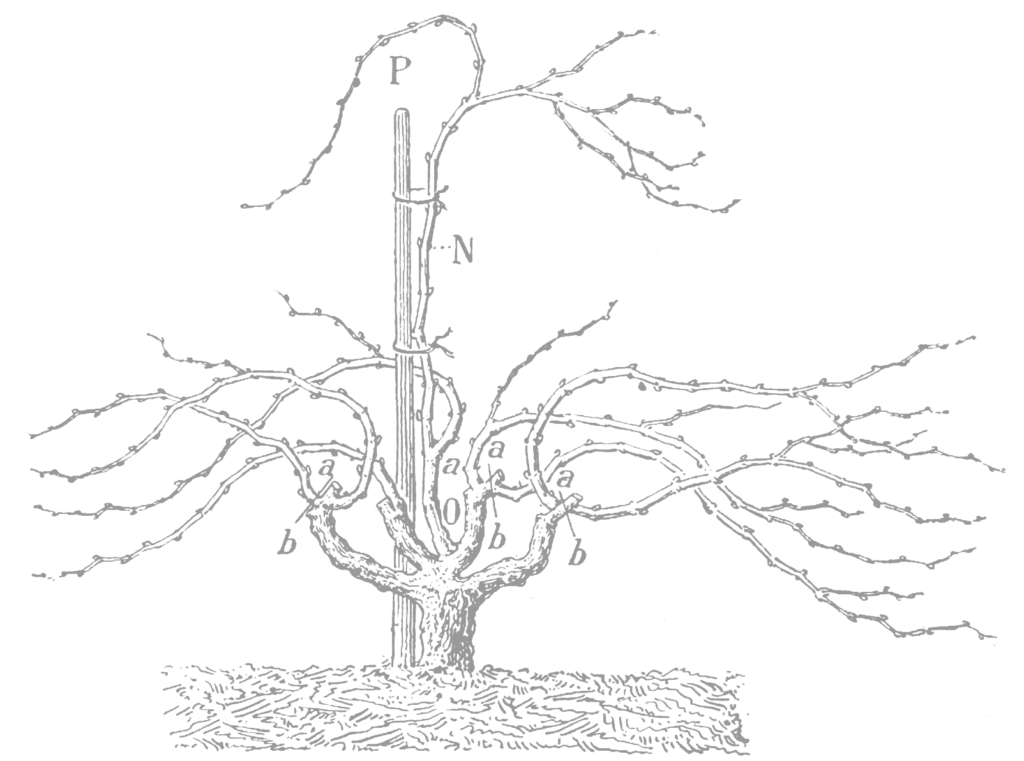
2012 147 cases, 13.9% Alc., 13 days in teacup, 18 months in barrel
HARVEST | This was the first vintage after replanting the vineyard in 2006; light crop from young vines. Good fruit character, but little of the distinctive sense of place the wines would demonstrate with 2014 and subsequent vintages. This wine was made by de-stemming fruit picked well along the ripeness spectrum, and macerated with daily punchdowns. A very normal approach, but not tailored to the site.
Tasting Notes | Dark-toned, bass note-dominant torrefaction aromas of roasted meats, coffee, chocolate with black fruit compote, spice, and toasted barrel. Round, smooth, and full tannins contribute to the sense of power and size. This first vintage from young vines has a distinct character that doesn’t appear in subsequent vintages.